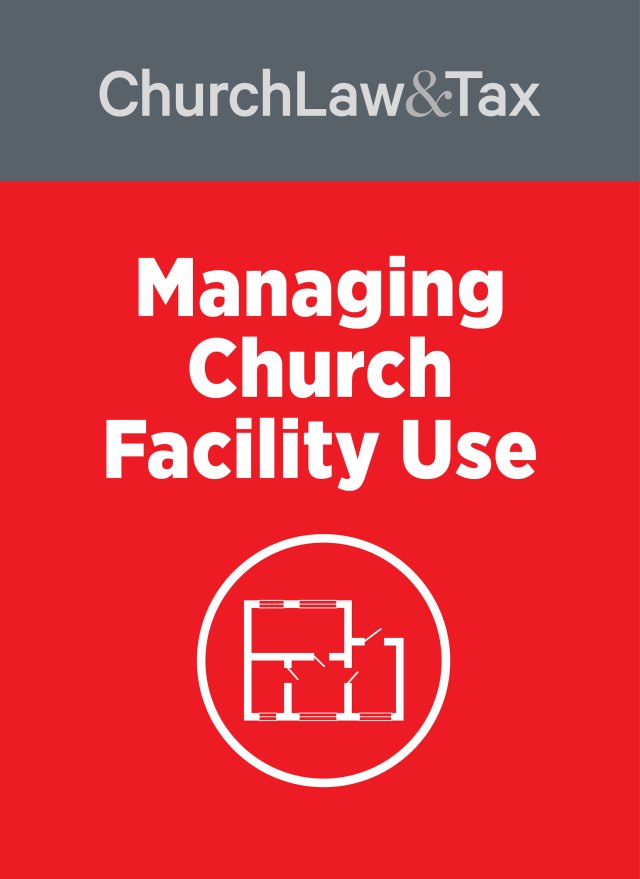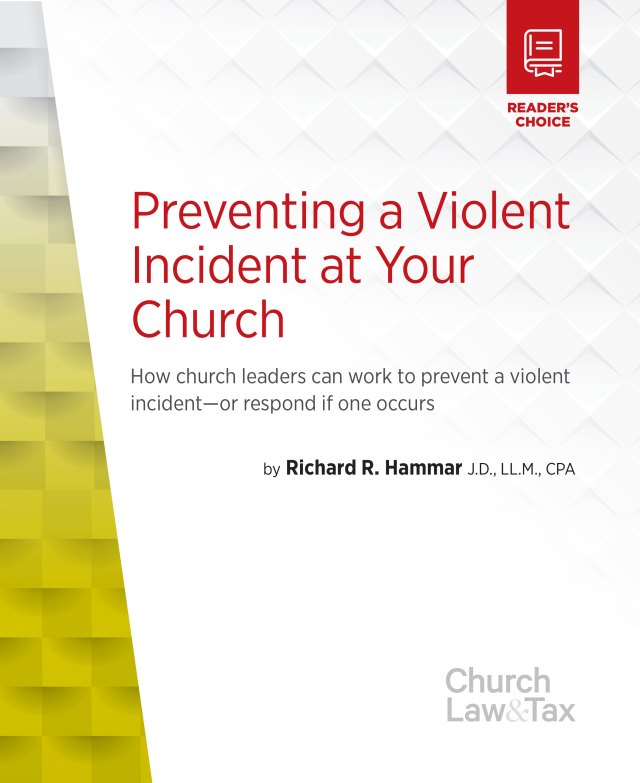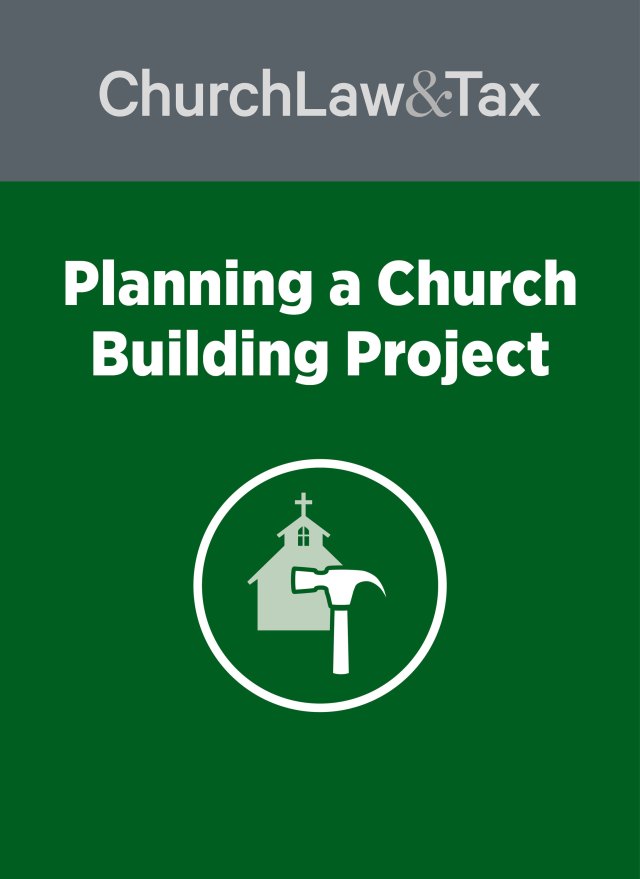• Key point 7-17. Churches do not have to tolerate persons who disrupt religious services. Church leaders can ask a court to issue an order barring the disruptive person from the church’s premises. If the person violates the order, he or she may be removed from church premises by the police, and may be found to be in contempt of court.
Removing Disruptive Individuals
* A California court ruled that a disruptive church member’s legal rights were not violated by a court order banning her from church property. A member (Janet) of a church disagreed with how the pastor and others were guiding the church. For nearly three years Janet engaged in disruptive conduct on church premises. On occasion, she entered the church building and followed certain members, shouting that they were adulterers, agents of Satan, and demon-worshipers. She shouted at the pastor and other church leaders, calling them Satan’s agents because they allowed divorced and remarried persons to participate in church ministries. Members of the young adult ministry were so intimidated by her conduct that they met secretly; those wishing to attend had to dial a central telephone number to learn the time and location of the meeting.
After learning that one congregant, who led a popular weekly Bible study, had been divorced and remarried, Janet started attending Bible study each week, loudly chastising him about his marital history. As a result, he left the church. The pastor repeatedly asked Janet not to return to the church. He asked her to attend services at a different church—one where she would respect the leadership. Janet rejected those requests and said she would not change her behavior absent a court order.
The church convened a specially called business meeting to discuss Janet’s membership. During the meeting she was allowed to present her views. At the end of the meeting, the church members voted to terminate Janet’s membership. A few days later the church sent Janet a letter informing her that “this letter constitutes formal written notice to you that your membership at the [church] is terminated. You are no longer a member of this church. You may not participate in church activities, you may not vote, and you may not petition members. The termination procedures allowed by law were followed, you were allowed a hearing, and the board and membership reached a decision to terminate your membership.” The letter continued: “This letter constitutes a demand that you immediately cease and desist from your incessant harassment and intimidation of the minister, the trustees, and the membership. You are specifically not welcome to enter upon the church premises. If you attempt to enter upon the church premises, you will be considered a trespasser.”
The letter proved fruitless. Janet continued to disrupt worship services. In the pastor’s words, “Janet’s actions and course of conduct have caused me to suffer substantial emotional distress. I feel tense delivering sermons. Her constant harassment has made it extremely difficult for me to minister to my congregation. I had trouble concentrating because I knew she would confront me before, during, and after worship services or Bible study.”
As a consequence of Janet’s conduct, the church lost members. Some of the members and children were frightened by her conduct, causing the church to cancel ministries or hold meetings in secret. The church could not freely hold events on its property.
The church eventually asked a court to issue an injunction barring Janet from (1) impeding ingress or egress on church premises, (2) trespassing on church property, and (3) approaching within 10 yards of, intimidating, interfering with, oppressing, or otherwise threatening the membership or leadership of the church as they entered or exited the church premises. The court refused to grant this order. A few weeks later, Janet was seen removing Easter-related announcements from the church bulletin board and tearing them up. A church official asked her to stop it. She replied, “There is no Easter in the Bible,” and continued to remove all of the remaining announcements. The missing items were soon replaced. Janet tore them down again.
The church again asked the court to order Janet to refrain from her hostile and disruptive acts, but again the court declined to do so on the ground that such an order would interfere with Janet’s right to free speech and would entangle the court in a dispute over religious doctrine. The church appealed.
A state appeals court ruled that Janet’s legal rights would not be violated by a court order banning her from church property, since “her rights of free speech and the free exercise of religion do not trump the church’s right to prohibit her disruptive conduct on its property.” The goal of the first amendment is “to protect expression that engages in some fashion in public dialogue, that is communication in which the participants seek to persuade, or are persuaded; communication which is about changing or maintaining beliefs, or taking or refusing to take action on the basis of one’s beliefs. As speech strays further from the values of persuasion, dialogue and free exchange of ideas, and moves toward willful threats to perform illegal acts, the state has greater latitude to regulate expression.” The court noted that “as a general rule, landowners have a right to exclude persons from trespassing on private property; the right to exclude persons is a fundamental aspect of private property ownership.”
The court quoted from a previous case, involving similar facts, in which an Alabama court concluded, “The first amendment afforded the protester no protection in what he was doing; it afforded members and visitors of the church freedom and security against what he was doing. It is not contemplated by freedom of religion that one should be so free in the promulgation of his religious views that he can exercise unlawful force in his efforts to destroy the religious views of another.” Hill v. State, 381 So.2d 206 (Ala. App. 1979).
The court stressed that a church is not an “open forum,” and that “if the expression [of speech] is inappropriate for the property or is incompatible with the intended use of the property, then the expression may be totally barred and the property is considered a non-forum.”
The court concluded:
Here, the means of expression that Janet insisted on exercising were incompatible with the nature of the church’s services. She possessed the same rights and privileges as the rest of the [congregation] attending church services. However, neither her firmness of convictions nor the severity of her disagreement with the opinions expressed by church leaders elevate her rights to attend and speak any higher than the rights of other church members. Affording her a right to speak any greater than the rights of others in attendance would be totally inappropriate.
Janet seems to believe that people who want to protest or express their views have a constitutional right to do so whenever and however and wherever they please. That concept of constitutional law has been vigorously and forthrightly rejected by the United States Supreme Court. The first amendment does not guarantee the right to communicate one’s views at all times and places or in any manner that may be desired. In sum, the church leaders and members were within their rights to bar Janet from participating on the terms she demanded. Her refusal and continued presence on church property could support a valid charge of trespass …. The church has expelled a member who was harassing the congregation and disrupting religious services. With each passing day, the church risks losing more members. And the church should not have to conduct services or meetings in secret just to avoid the interference of an expelled congregant. Without a restraining order, the church and its members would suffer irreparable harm.
Application. Perhaps there is a disruptive person who attends your church. If so, this case demonstrates that the law does not guarantee such persons the unrestricted right to intimidate and harass other members of the congregation. There are legal remedies that are available, if personal diplomacy fails. Church of Christ v. Lady Cage-Barile, 2004 WL 2943265 (Cal. App. 2004).
© Copyright 2005 by Church Law & Tax Report. All rights reserved. This publication is designed to provide accurate and authoritative information in regard to the subject matter covered. It is provided with the understanding that the publisher is not engaged in rendering legal, accounting, or other professional service. If legal advice or other expert assistance is required, the services of a competent professional person should be sought. Church Law & Tax Report, PO Box 1098, Matthews, NC 28106. Reference Code: m21 c0605




